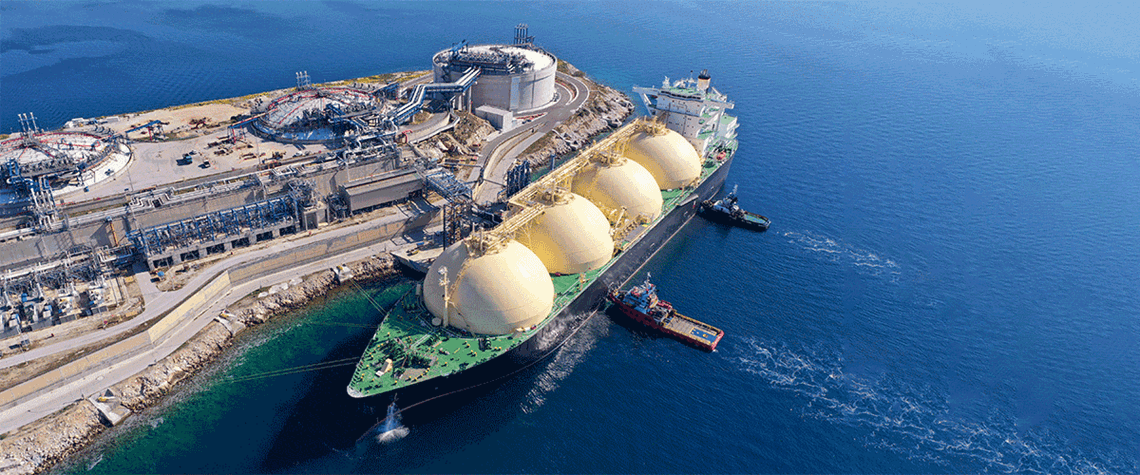Global LNG analysis report 2023 — Part 1
Decarbonisation and the war in Ukraine are just two of the factors driving the massive investment in liquefaction and regasification around the world. The first part of this deep-dive analysis looks at developments in Africa
Numerous trends are driving the short-term and long-term demand for gas globally. These include, but are not limited to, decarbonisation efforts by numerous countries around the world and Russia’s war with Ukraine. In turn, capex on new LNG capacity—both liquefaction and regasification—has skyrocketed over the past several years, with hundreds of billions of dollars in announced investments under development globally. According to the Gas Exporting Countries Forum (GECF), global gas demand will continue to increase to 2050 (see Fig.1). The forum’s report, Global Gas Outlook 2050, sees demand surging to more than 5,600bn m³/yr by 2050. Nearly 50pc of the demand growth will come from the Asia-

Also in this section
5 December 2025
Mistaken assumptions around an oil bull run that never happened are a warning over the talk of a supply glut
4 December 2025
Time is running out for Lukoil and Rosneft to divest international assets that will be mostly rendered useless to them when the US sanctions deadline arrives in mid-December
3 December 2025
Aramco’s pursuit of $30b in US gas partnerships marks a strategic pivot. The US gains capital and certainty; Saudi Arabia gains access, flexibility and a new export future
2 December 2025
The interplay between OPEC+, China and the US will define oil markets throughout 2026







